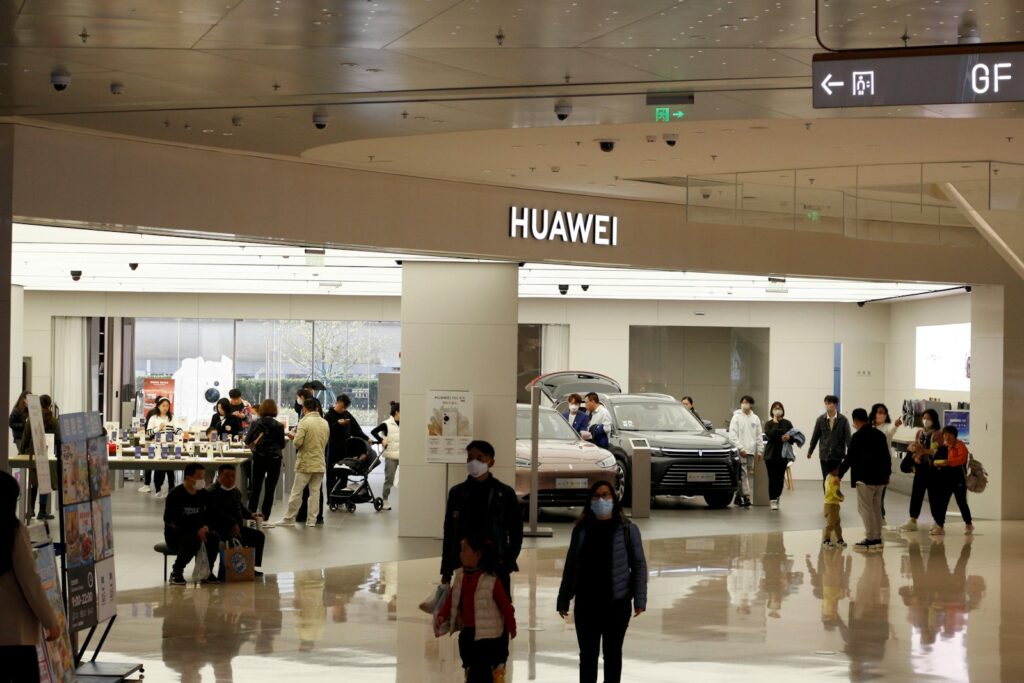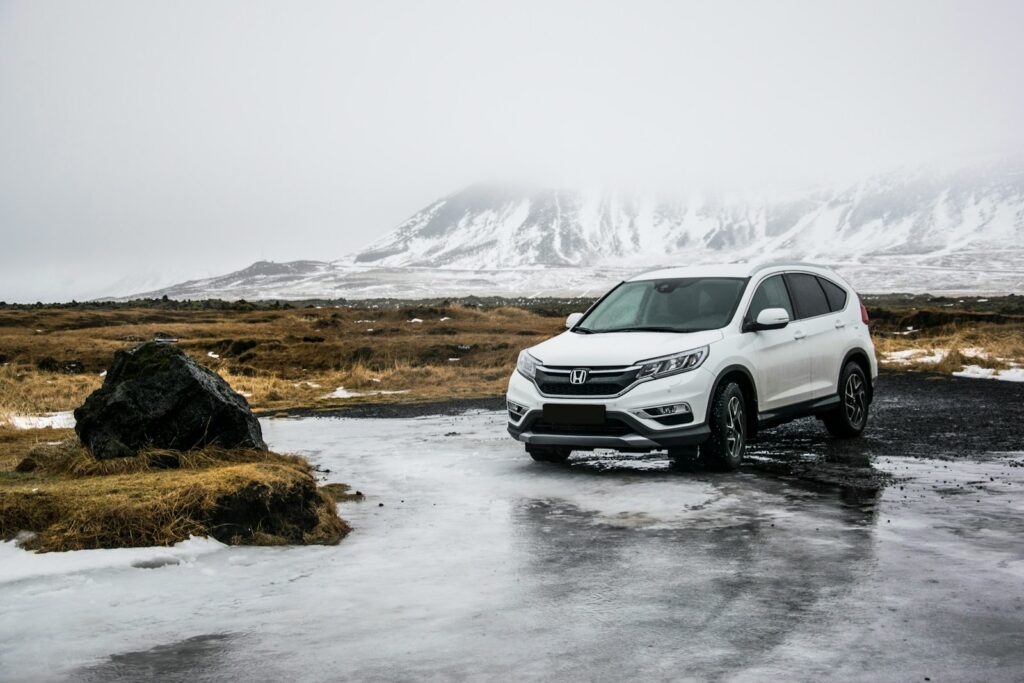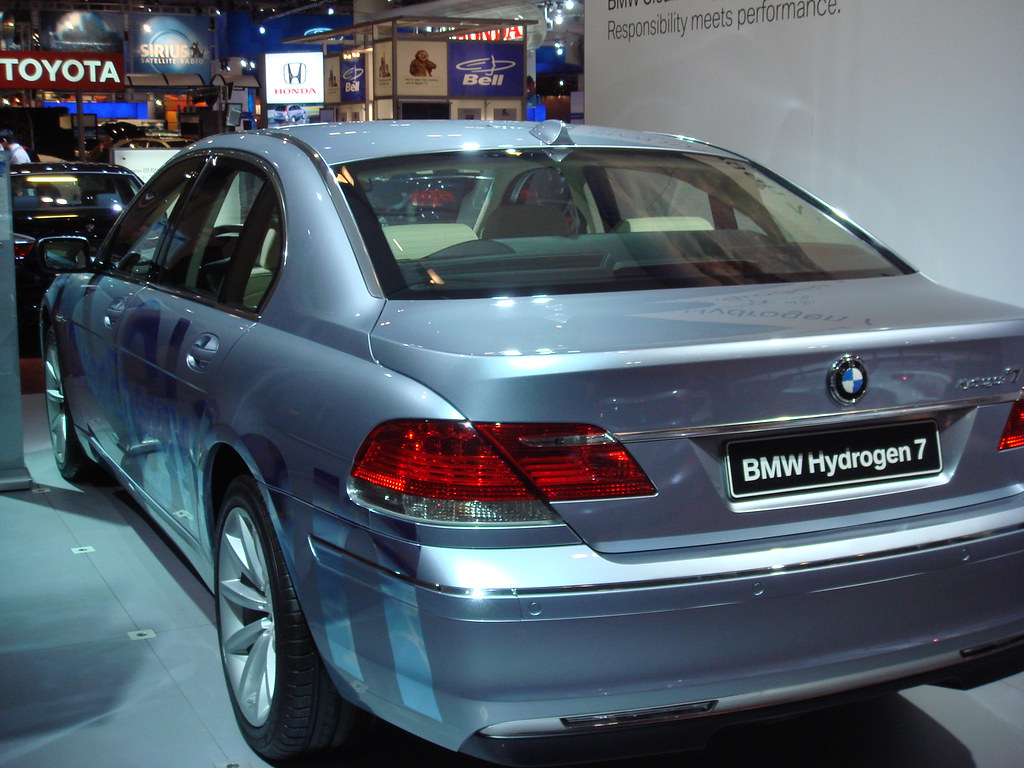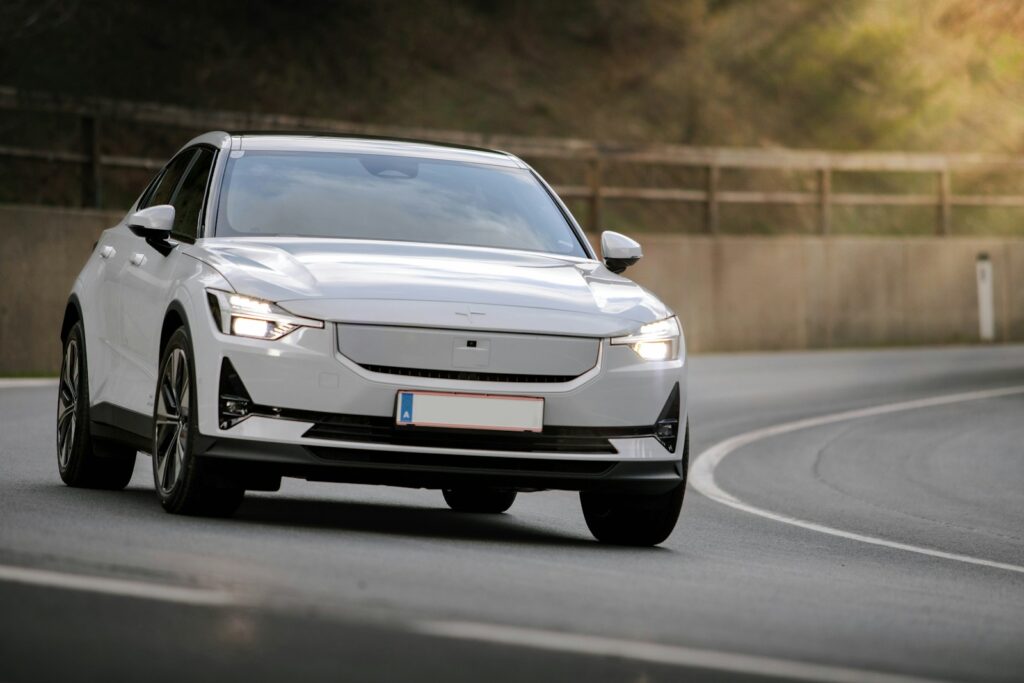
A Seismic Shift in the Global Auto Industry
The global automotive landscape is undergoing a profound transformation, most evident in the rapid rise of electric vehicles (EVs). For decades, Western carmakers, especially from Europe and the UK, set benchmarks in design, engineering, and luxury. Yet a new wave of competition is redefining the market. By largely conceding the affordable EV segment, traditional Western players have created space for Chinese manufacturers, who are now surging ahead internationally.
This change is not only about production scale or subsidies. It reflects an acute awareness of market demand, relentless innovation, and agility. While British icons such as Range Rover and Jaguar concentrate resources on ultra-luxury electric SUVs priced well into six figures, Chinese brands are introducing high-quality and surprisingly affordable EVs that resonate strongly with everyday consumers. The result is a fundamental reordering of the global auto industry.
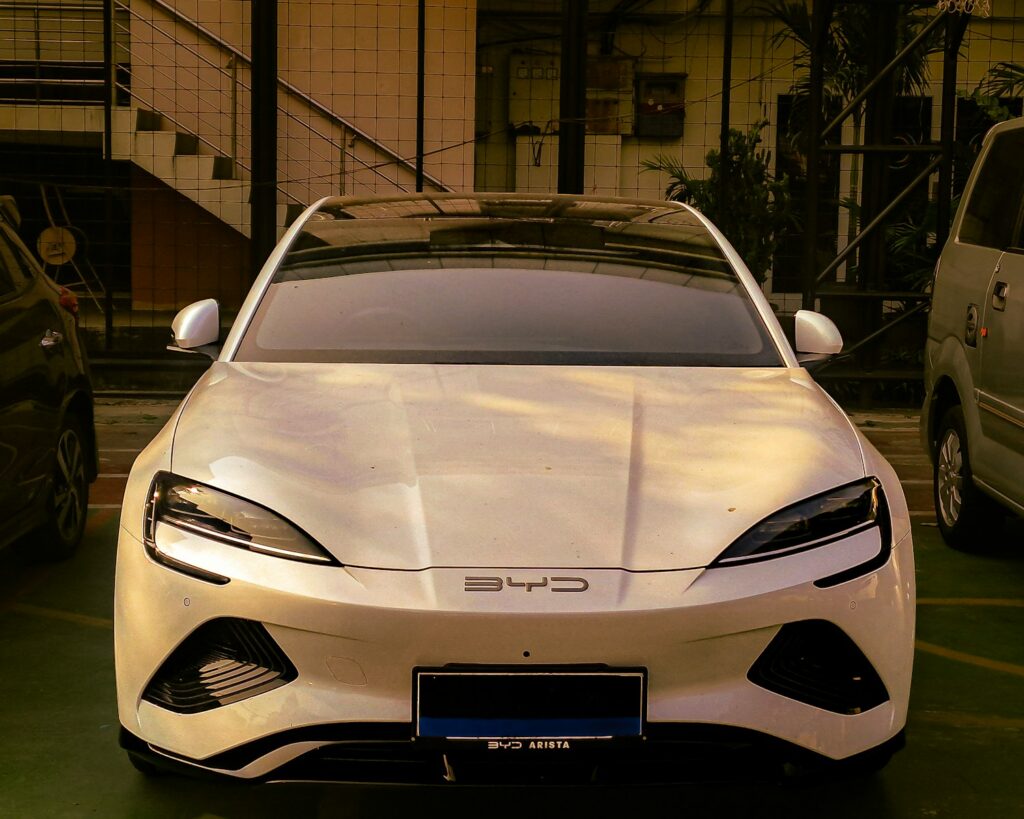
The Rise of Affordable Chinese EVs in Western Markets
Chinese EVs are no longer a distant threat; they are already visible on Western roads. Around 10 percent of new cars sold in the UK originate from China, a share that is expected to rise steeply. In June, approximately 19,000 of the 191,000 cars sold in the UK were from brands such as MG, BYD, Omoda, and Jaecoo, underscoring their growing presence.
Pricing plays a decisive role in this growth. For instance, the all-electric Mini begins at around £30,000, while the BYD Dolphin is available for about £17,000 and the MG3 for £16,000. This stark contrast has made Chinese EVs an attractive option for budget-conscious buyers and has cemented their influence in shaping consumer choices.
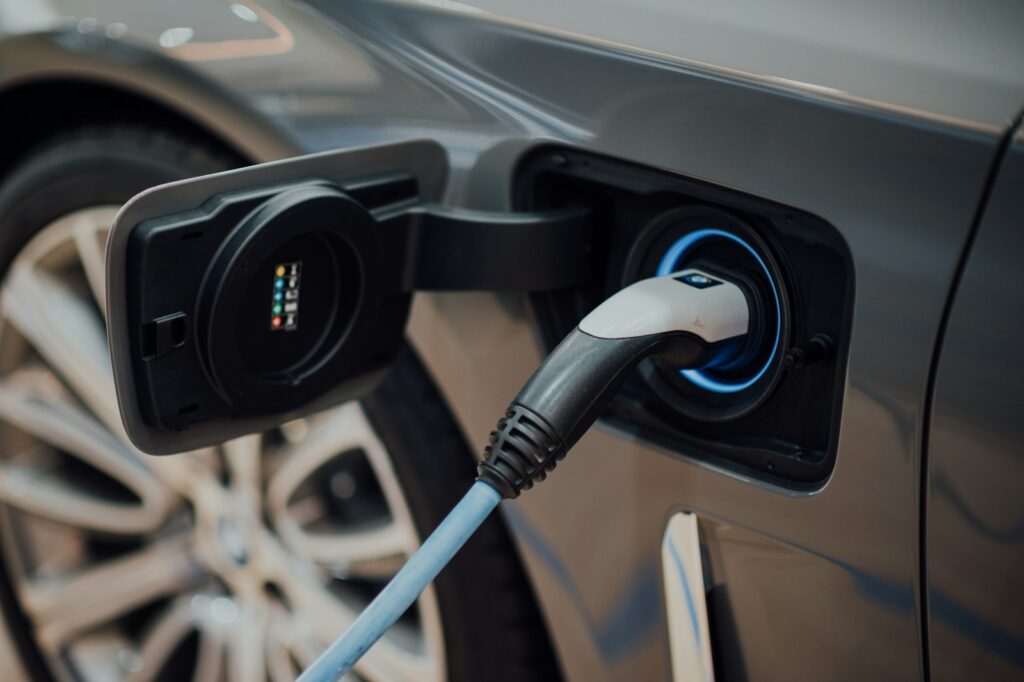
China’s Competitive Advantages in EV Production
China’s dominance extends far beyond price. Years of strategic investment have created a powerful foundation across the EV ecosystem. The nation leads in battery supply chains, ensuring a reliable and cost-effective flow of components. Manufacturing efficiency has reached impressive levels, allowing high-volume production at lower costs.
Equally important is the integration of advanced software into vehicles, an area where Chinese brands excel. This ability to merge automotive engineering with cutting-edge digital features has helped position China as the world’s largest net exporter of passenger cars, with a clear edge in the smaller EV category.

Western Carmakers Retreat into the Luxury Segment
European and UK carmakers have pursued a markedly different strategy. Instead of competing in the mass-market EV segment, they have focused on larger, more premium models, often SUVs. The decision reflects a preference for the higher profit margins these vehicles bring, even though it leaves a significant gap in the affordable EV market.
This shift is evident in brands such as Range Rover and Jaguar. Range Rover’s first all-electric model, expected in 2026, is projected to cost between £130,000 and £150,000. Jaguar, meanwhile, is transforming into an all-electric luxury brand, with upcoming models positioned well above previous price ranges. Both strategies clearly target exclusivity rather than broad accessibility.

A Strategic Dilemma for Western Manufacturers
Western automakers now face a serious dilemma. Industry experts such as Steve Gooding of the RAC Foundation highlight the tension between focusing on higher-margin luxury cars and meeting demand for affordable compact EVs. Although more than 130 EV models are available in the UK, only 33 fall below the £30,000 mark.
Government incentives, including discounts of up to £3,750, have not shifted the emphasis away from larger vehicles. As a result, the affordable EV space remains underdeveloped in Western markets, a gap that Chinese brands are eager to exploit.
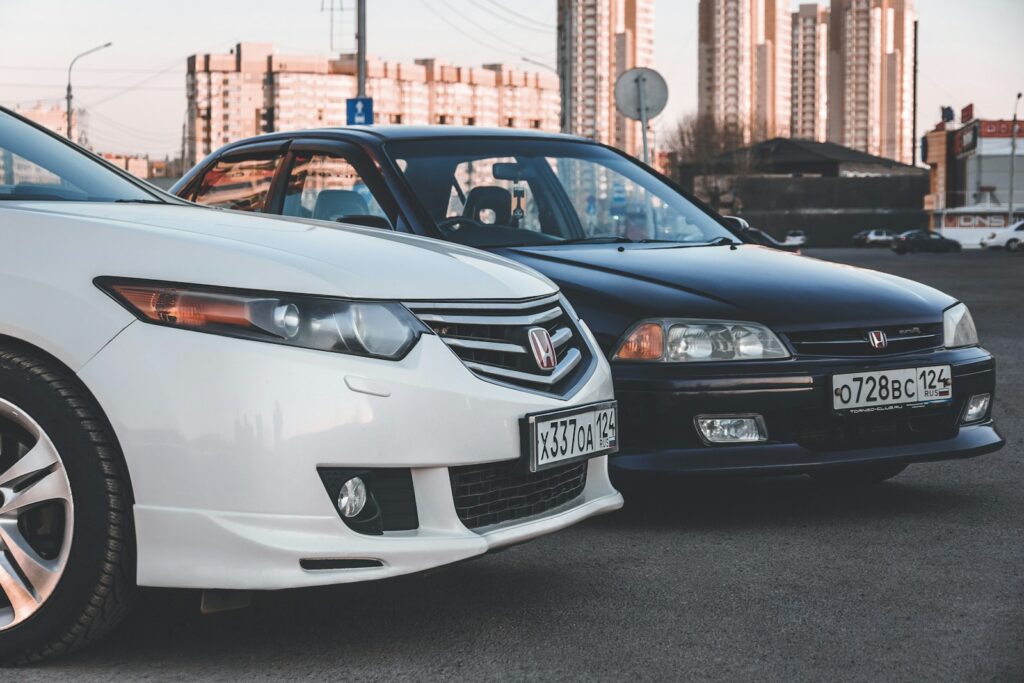
Beyond Affordability: China’s Expanding Ambitions
Chinese automakers are no longer confined to the budget segment. Brands such as MG, Jaecoo, and Xpeng are expanding into larger and more premium EV categories. For example, the upcoming Jaecoo J5 resembles a Range Rover Evoque but is expected to sell at a fraction of the price.
This strategy demonstrates a broad ambition: to compete across the entire EV spectrum. Chinese manufacturers are not only offering accessible models but are also challenging Western brands in the luxury and mid-size markets, often with more competitive pricing and strong technological features.

Dispelling the “Inferior Product” Narrative
A persistent notion in some Western circles suggests Chinese EVs succeed only because of heavy government support or inferior build quality. However, direct observation of the industry tells a different story. Chinese EVs are technologically advanced, well-built, and competitively priced. Even companies from other sectors, such as Xiaomi, have successfully launched vehicles that rival established Western models.
Xiaomi’s SU7, a sporty sedan priced at around $30,000, exemplifies the strength of China’s cross-industry innovation. With styling and performance compared to European grand tourers, the SU7 challenges the idea that affordability means compromise.Its success demonstrates the unique ability of Chinese companies to leverage expertise across technology sectors, setting new benchmarks for what consumers can expect from affordable EVs.
This progress is not merely the result of subsidies but of genuine innovation and an ability to understand consumer demand. Oversimplified dismissals of Chinese cars as “cut-rate” or “dumped” products fail to recognize their true quality and appeal.

Innovation and Speed in the Chinese EV Market
China’s auto shows in Shanghai and Beijing showcase hundreds of new models each year, far surpassing the handful of debuts at Western shows. Vehicles move rapidly from concept to consumer, with pre-orders often reaching tens of thousands before official launches.
This speed contrasts sharply with Western practices, where prototypes can take years to reach production. The ability to adapt quickly and deliver new products to market underscores China’s competitive strength.
Technology Integration and Consumer Appeal
China’s EV leadership also stems from its close integration with the nation’s tech giants. Partnerships between automakers and companies such as Baidu, Alibaba, and Huawei have produced vehicles with advanced digital ecosystems, intuitive interfaces, and powerful connectivity.
The result is in-car technology that rivals or surpasses features found in much more expensive Western vehicles. For consumers, Chinese EVs often feel like an extension of high-end smartphones, offering seamless connectivity and superior user experiences.

Western Struggles in the Chinese Market
While Chinese brands thrive, many Western automakers struggle to keep pace. Vehicles like the Buick Velite 6 have been criticized for outdated interiors and lackluster technology, falling far short of consumer expectations in China. Even Volkswagen’s ID models and Tesla’s unrefreshed Model Y have faced difficulties competing in this highly demanding market.
Volkswagen, once dominant in China, has acknowledged the need to rebuild. Plans include launching new affordable EVs on platforms designed specifically for China, beginning in 2025. This marks a shift from relying on reworked global models toward a more tailored approach.
Protectionism or Competitive Adaptation?
The debate in the West often mirrors broader geopolitical tensions. Discussions of tariffs or restrictions on Chinese imports reflect protectionist instincts rather than a willingness to compete directly. Critics argue that such measures may shield domestic industries but do little to improve product quality or consumer choice.
Observers point out that many Chinese EVs are more compelling in terms of range, build quality, and technology than their Western counterparts. The real lesson for Europe and the US may be that adaptation and innovation, not isolation, are the keys to regaining competitiveness.

China has not only entered the global EV market but has redefined it. With agility, affordability, and technological integration, Chinese manufacturers have seized opportunities left open by Western carmakers.
For Europe, the UK, and the US, the challenge is clear. Competing effectively requires more than tariffs or protectionist rhetoric. It demands genuine innovation, a renewed focus on consumer needs, and a willingness to learn from the dynamism that has propelled China to the forefront of the electric vehicle revolution.

